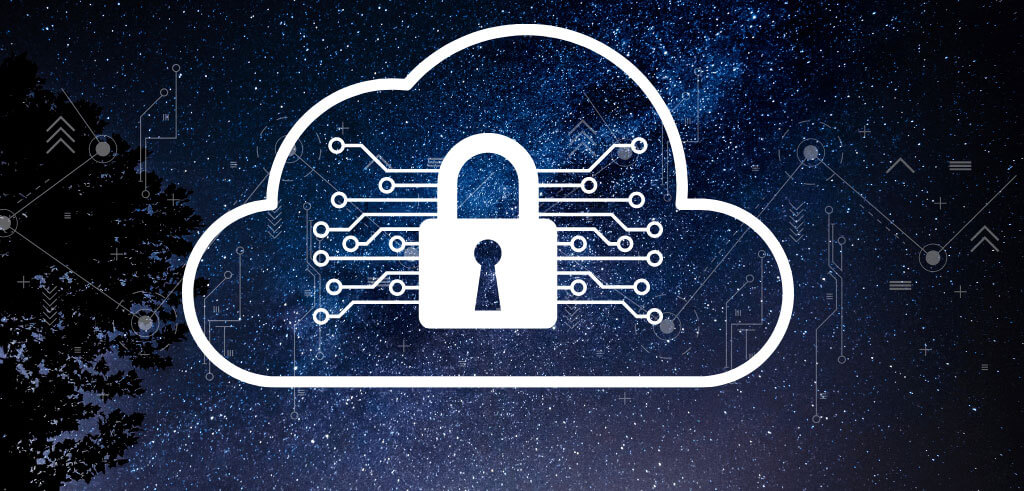11 April 2023
The massive adoption of the Cloud by enterprises has not reduced security concerns: there is still some reluctance to move to the Cloud, especially from highly regulated sectors such as Finance or Healthcare. What are the major security issues in the cloud?
What is security in the cloud?
In recent years, companies have been rethinking their IT infrastructure in order to remain competitive. They have been balancing between keeping their IT resources on-premises or migrating to Cloud Providers.
Cloud security is a discipline that comes from cybersecurity. It is dedicated to securing IT systems in the cloud. Its objective is to maintain the confidentiality and security of data and applications.
You will often hear about DevSecOps, which is the collaboration between developers, ops, and security teams. This is essential to establish a good security strategy in your company.
In a generic way, security in the cloud allows, among other things, to protect the elements below:
- Data server
- Stored information
- Applications
On-premise security vs. cloud security
One of the first questions that emerge concerns the difference in security between the Cloud and on-premise.
When we talk about on-premise, we imply that the servers and the data are located within the company. The companies have an internal IT department that takes care of the management and maintenance of the network.
Although data security may seem optimal, because it is managed by the company, it turns out that most on-premise systems are not equipped to ensure a high level of security on different system layers (infrastructure, network, application, data).
Furthermore, it should be noted that the basic investments are substantial and that the scalability of the infrastructure remains complex and includes additional costs.
Managing security on an on-premises infrastructure allows for a high level of customization, but also requires the presence of security experts within the team.
Security in the Cloud is based on a shared responsibility model which we will discuss below. Today, Cloud Providers offer a secure base system, regularly updated to mitigate potential attacks.
Public cloud-based services imply trusting a third party with your most valuable data, but on the other hand, they are experts to rely on.
Finally, it is important to make sure that your cloud provider allows for the necessary regulations on compliance aspects.
What is the company's responsibility for cloud security?
The sole responsibility for Cloud security does not lie with the Provider as data and applications are moved to the Cloud.
Migration to the Cloud requires the enterprise to take actions to protect servers, storage, applications as well as data.
Cloud service providers will offer fairly robust security controls depending on the service offering chosen. But the company still depends on protecting its assets.
If we take the example of AWS as a Provider:
- AWS will be responsible for the security of the Cloud and therefore for the protection of the infrastructures that use the services offered by AWS.
- The customer's responsibility will be determined by the AWS Cloud Services chosen. The services determine the level of configuration that the customer will have to perform as part of their security responsibility.
What cloud security threats should I be prepared for?
A second question is the nature of the security threats one should prepare for when migrating to the cloud.
While the cloud is considered secure, companies today are under increasing threat from malware, virus attacks, or network breaches.
Of course, the threats depend in part on the existing architecture, database, applications, and the nature of the business itself.
The main security threats are the following:
- Insecure Interfaces and APIs
- Misconfiguration of the platform
- Data breaches, losses, and leaks
- Account hijacking
- Internal threats
In summary, the security threats remain fairly similar on-premises and in the cloud. Providers are responsible for the security of their services and are also able to detect attacks that are not dependent on their scope but on the companies.
Finally, one of the most damaging things is the lack of skills of IT teams in Cloud technologies which can weaken the security of infrastructures.
Are there any strategies or tools to have a secure cloud?
There are different strategies that can be put in place to ensure that your Cloud is secure:
- Having a well-implemented identity and access management (IAM) system that allows you to control access to data and define rights. Strong or two-factor authentication is a widely recommended practice
- Install detection and prevention systems:
- IDS: Intrusion detection and network monitoring system that detects malicious activity. The objective of this system is to preserve the security of systems in case of technological failure.
- IPS: Intrusion prevention system whose objective is to control access to the computer network. This type of system will monitor intrusion data and implement corrective actions.
- Perform vulnerability scans and penetration tests on the cloud infrastructure to identify potential vulnerabilities.
Conclusion
To conclude, security in the cloud will allow you to achieve one or more objectives:
- Recover your data quickly in case of loss if you have made backups beforehand
- Reduce human errors
- Reduce the risk of data/system compromise in case of detection of attacks by your Cloud Provider
Are you ready to take the plunge? Our teams can help you with the security of your infrastructure in the Cloud 🚀

